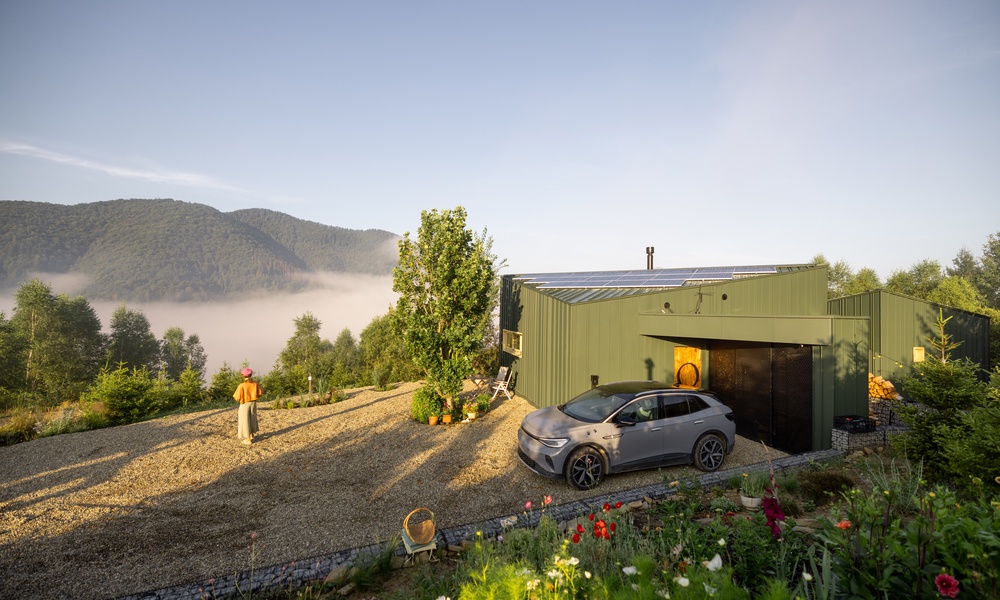Living off the grid is an exciting and rewarding adventure, offering freedom, self-sufficiency, and the opportunity to get closer to nature. Building an off-grid home requires thoughtful planning and preparation, whether you dream of a simple cabin in the forest or a fully sustainable modern home. Here are four top tips for building an off-grid home that will make kickstarting your journey smoother and set you up for long-term success.
Solar Power Is Your Friend
Solar energy is one of the most reliable and sustainable solutions for powering an off-grid home. Install panels on your roof or nearby solar arrays, depending on the site’s layout. Make sure to analyze how much energy you’ll need daily and design your system accordingly. Investing in high-capacity batteries is equally important for storing energy to cover nighttime or cloudy days. Many off-grid homeowners combine solar with other renewable energy sources, such as wind turbines or a generator, to ensure a steady power supply all year round.
Water Collection and Filtration Systems
Water is life; ensuring year-round access in remote locations is key to comfortable off-grid living. Installing rainwater catchment systems is a common and effective approach, and can be a rainy day activity. Pair your collection system with reliable filtration tools to make your water safe for drinking and cooking. Consider drilling a well or finding a nearby water source if there isn’t much rainfall where you plan to live. Keep in mind that hauling water in remote areas can be challenging, which is why rough terrain cranes are crucial for remote construction when installing heavy-duty water tanks.
Waste Management
Thinking about waste management from the start will save a lot of hassle as you settle into your off-grid home. Septic systems are popular, but a composting toilet is a great eco-friendly alternative. Set up a composting pile for biodegradable materials to reduce waste and enrich the soil for future gardening projects for kitchen waste. Planning for garbage disposal in a remote location is often vital since traditional services don’t extend that far.
Insulation and Energy Efficiency
Insulation plays a huge role in maintaining a comfortable living environment, while lowering your energy consumption. Spray foam, wool, or straw bales are great insulation materials for retaining heat during winter and keeping your space cool in summer. Positioning your house to maximize natural sunlight during colder months, and including shaded areas for hotter seasons, are easy ways to optimize energy efficiency. Energy-efficient appliances and LED lighting are also critical for minimizing energy usage.
Summing Up the Journey to Off-Grid Living
Building an off-grid home is an ambitious endeavor, but it’s entirely achievable with the right planning and tools. These top tips for building an off-grid home will set you on the path to living comfortably and sustainably off the grid, from harnessing solar energy to tackling waste management and optimizing insulation. Begin your adventure today and enjoy the countless rewards that come with a lifestyle rooted in independence and nature.


